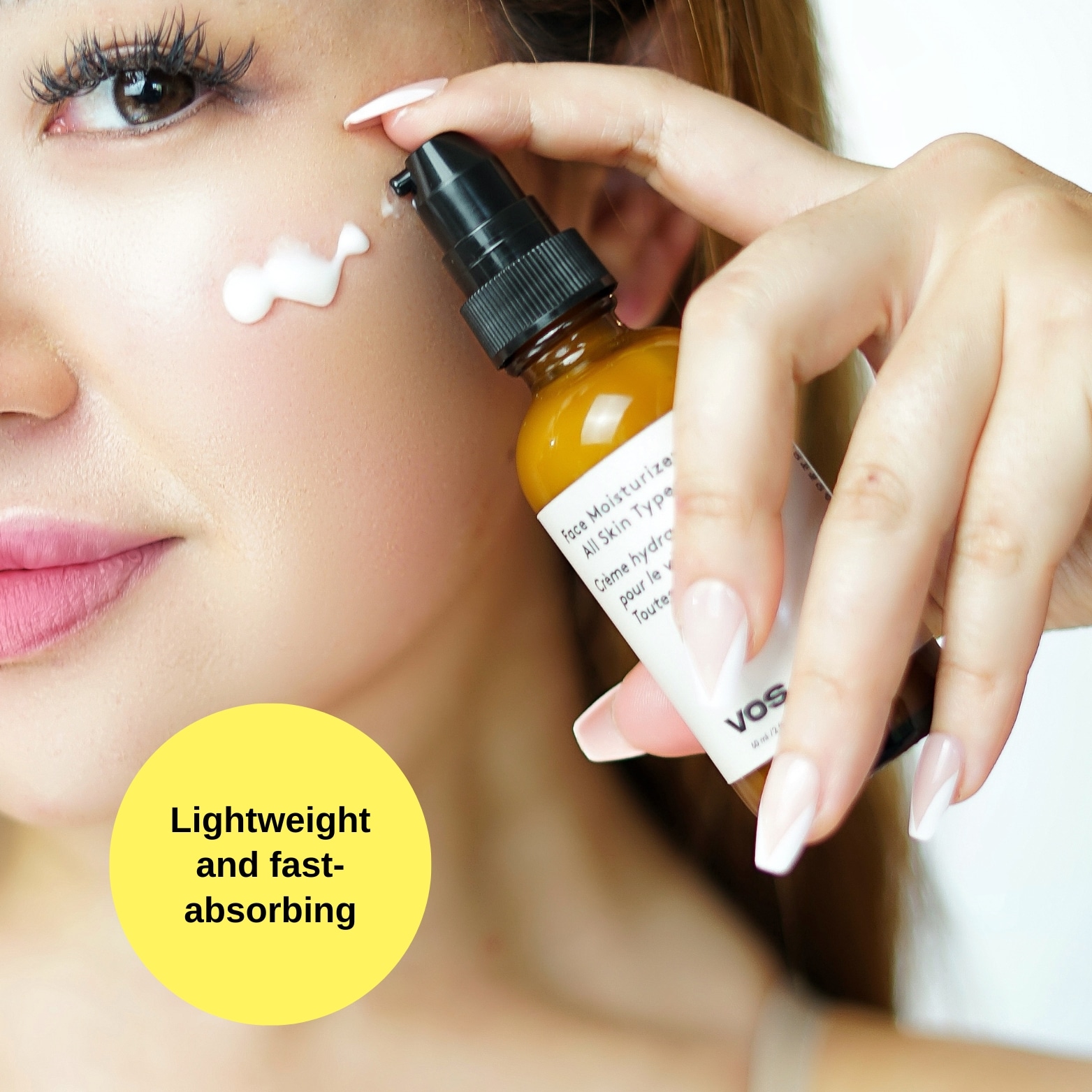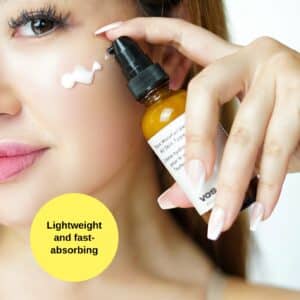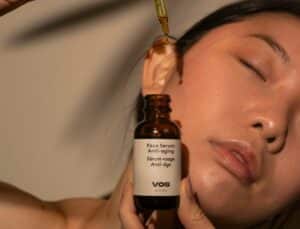Moisturizing is a cornerstone of any effective skincare routine. Whether you have dry, oily, or combination skin, the right face moisturizer can help maintain your skin’s natural balance, prevent dryness, and protect against environmental stressors. But with so many options available, how do you choose the must-have face moisturizers for daily use?
This article explores the benefits of face moisturizers, key ingredients to look for, and tips for integrating them into your skincare routine to achieve healthy, radiant skin.

Why Face Moisturizers Are Essential in Your Skincare Routine
Face moisturizers are not just for combating dryness; they play a crucial role in overall skin health. Here’s why they are a must-have:
1. Hydration and Moisture Retention
Your skin loses water throughout the day due to environmental factors like wind, heat, and air conditioning. Moisturizers replenish lost moisture and create a protective barrier to lock it in. Proper hydration is key to maintaining smooth, plump, and youthful-looking skin.
2. Support for Skin Barrier Function
The skin’s outer layer, the epidermis, acts as a barrier against pollutants, bacteria, and other irritants. A moisturizer helps strengthen this barrier, reducing the risk of irritation and promoting skin resilience.
3. Prevention of Premature Aging
Dry skin can lead to fine lines and wrinkles, making hydration essential for preventing premature aging. Many moisturizers include anti-aging ingredients such as hyaluronic acid, peptides, and antioxidants, which help maintain a youthful appearance.
4. Balancing Oil Production
For those with oily or acne-prone skin, skipping moisturizer can worsen the problem. When skin is dehydrated, it can overcompensate by producing more oil, leading to breakouts. Using the right moisturizer keeps skin balanced and healthy.
Must-Have Face Moisturizers for Different Skin Types
Not all face moisturizers are created equal. To find the best product for your daily skincare routine, consider your skin type and its specific needs.
1. For Dry Skin
If you have dry skin, opt for a rich, cream-based moisturizer with hydrating ingredients like shea butter, ceramides, and glycerin. These ingredients help restore lost moisture and repair the skin’s natural barrier.
Examples:
- Hydrating Creams: Look for moisturizers with hyaluronic acid for long-lasting hydration.
- Nourishing Balms: Products containing squalane or plant-based oils offer deep hydration.
2. For Oily or Acne-Prone Skin
Oily skin requires lightweight, non-comedogenic moisturizers that won’t clog pores. Gel-based formulas with ingredients like salicylic acid or niacinamide can help control oil production while keeping skin hydrated.
Examples:
- Oil-Free Gels: Water-based products absorb quickly and prevent excess shine.
- Mattifying Moisturizers: These help reduce oiliness without drying out your skin.
3. For Combination Skin
Combination skin benefits from moisturizers that balance hydration without overloading oily areas. Look for lightweight, hydrating products with ingredients like aloe vera and green tea extract.
Examples:
- Dual-Action Moisturizers: These address dryness and oiliness simultaneously.
- Targeted Treatments: Use different moisturizers for specific areas of your face, such as a rich cream for dry cheeks and a gel for an oily T-zone.
4. For Sensitive Skin
Sensitive skin requires gentle, fragrance-free moisturizers with soothing ingredients like chamomile, oat extract, and panthenol. Avoid products with alcohol, artificial fragrances, or harsh chemicals.
Examples:
- Calming Creams: Formulas with calendula or allantoin reduce redness and irritation.
- Barrier-Repair Moisturizers: Ceramide-enriched products strengthen the skin barrier.
Tips for Choosing the Best Moisturizer
Selecting the right moisturizer for your daily skincare routine can feel overwhelming. Here are some tips to simplify the process:
1. Read the Labels
Look for products labeled as non-comedogenic, especially if you have acne-prone skin. Check for ingredients that match your skin type and concerns.
2. Patch Test New Products
Before using a new moisturizer, patch test it on a small area of your skin to check for any adverse reactions.
3. Adjust Seasonally
Your skin’s needs can change with the seasons. Switch to a heavier cream in winter and a lighter gel in summer for optimal hydration.
4. Seek Professional Advice
If you’re unsure about which moisturizer to choose, consult a dermatologist. They can recommend products tailored to your skin type and concerns.
Conclusion:
Incorporating a face moisturizer into your daily skincare routine is essential for maintaining healthy, hydrated skin. By choosing a product suited to your skin type and using it consistently, you can address dryness, improve texture, and protect against environmental damage.
Whether you prefer lightweight gels or rich creams, the key is finding the right moisturizer that complements your routine. With the must-have face moisturizers highlighted in this guide, you’re well on your way to achieving glowing, well-nourished skin every day.





